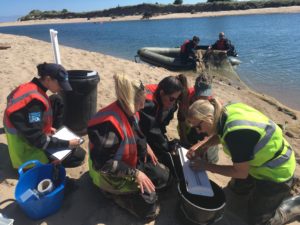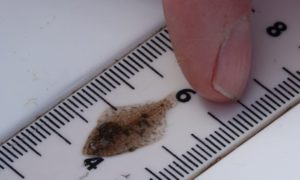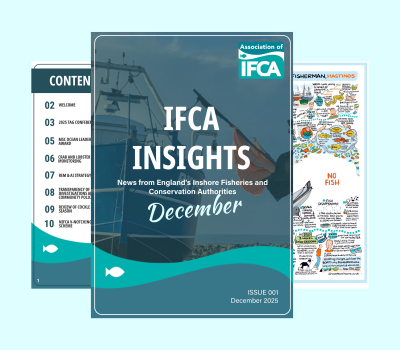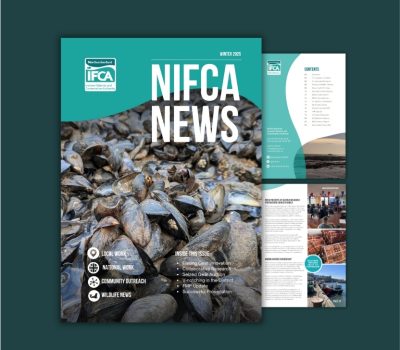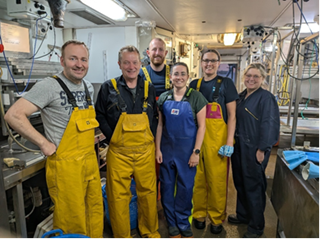ALN ESTUARY MARINE CONSERVATION ZONE: A Vital Nursery for North Sea Fish
During June we conducted the latest Aln Estuary Survey. The Aln Estuary Marine Conservation Zone (MCZ) is the smallest designated MCZ in the UK, covering an area of just 38.5 hectares.
In May 2012, the Northumberland Inshore Fisheries and Conservation Authority (NIFCA) conducted a pilot survey to study juvenile and small fish populations in the estuary, recognising its potential significance for young fish.
Since 2015, NIFCA has conducted biannual fish surveys in late spring and early autumn to gather data on fish population dynamics. The primary aim of these surveys is to understand the variety of fish species in the estuary and the role it plays as a crucial spawning and nursery ground for North Sea fish.
The surveys help identify the abundance of fish communities at each site and collect additional data on the estuary’s physical and chemical properties, such as temperature and salinity.
The fish surveys follow the Environment Agency’s Transitional and Coastal Monitoring (TrAC) method. Over eight years, 16 surveys have been conducted, recording a total of 7,473 fish, with 4,689 (63%) measured. The 2023 results were compared with previous years to assess the site’s significance as a nursery and to monitor any changes over time.
The 2024 survey results will be available later in the year and will build on the key findings from our 2023 survey, which identified a total of 13 species identified to species level and two to genus level. In spring 2023, 10 species and two genera were identified, while in autumn, 11 species and one genus were identified.
All the commercial species measured were juveniles, except for trout and a small percentage of adult sandeels (22% lesser sandeels and 7% greater sandeels). The most abundant species recorded was the Atlantic herring, with 706 individuals, marking the highest recorded species abundance in a single sample.
The 2023 survey results reaffirmed the Aln Estuary MCZ’s importance as a nursery ground for various fish species, notably commercial species such as lesser and greater sandeel, Atlantic herring, European flounder, and European eel. It is important to note that sandeel and European eel both have prohibitions for commercial fisheries in the UK.
The estuary’s diverse habitats support a wide range of juvenile species, with certain habitats preferred by specific species (e.g. saltmarsh for Atlantic herring and European flounders, sublittoral sand for lesser and greater sandeels).
The continued high abundances, low variation in species richness and consistent yearly recordings of six species suggest stable conditions in the MCZ, achieving its conservation objective to “Maintain in favourable condition.”
However, the factors affecting fluctuating population dynamics remain uncertain. Temperature and salinity data collected since 2015 have not shown clear trends, possibly due to the estuary’s low temporal and spatial temperature range or external factors like offshore impacts on spawning grounds. Salinity readings have varied more widely but haven’t revealed consistent correlations with species richness and abundance.
For more detailed information, please refer to the 2023 Aln Estuary report at: https://nifca.gov.uk/wp-content/uploads/2024/05/Aln-Report-2023-Final.pdf
Overall Results (2015 – 2023)
Consistent Species: Six species exhibited site fidelity, being recorded every year, while five species were only recorded once.
High Abundance: The most abundant species over the years were lesser sandeel (2,102 individuals), Atlantic herring (1,851), and goby species (1,347), accounting for 73% of all individuals recorded.
Species Richness: Inter-annual species richness showed little variation (Sorensen Index Similarity score of 90% – 64%), but population dynamics fluctuated significantly both inter- and intra-annually (Bray Curtis Index Similarity Score of 80% – 16%).